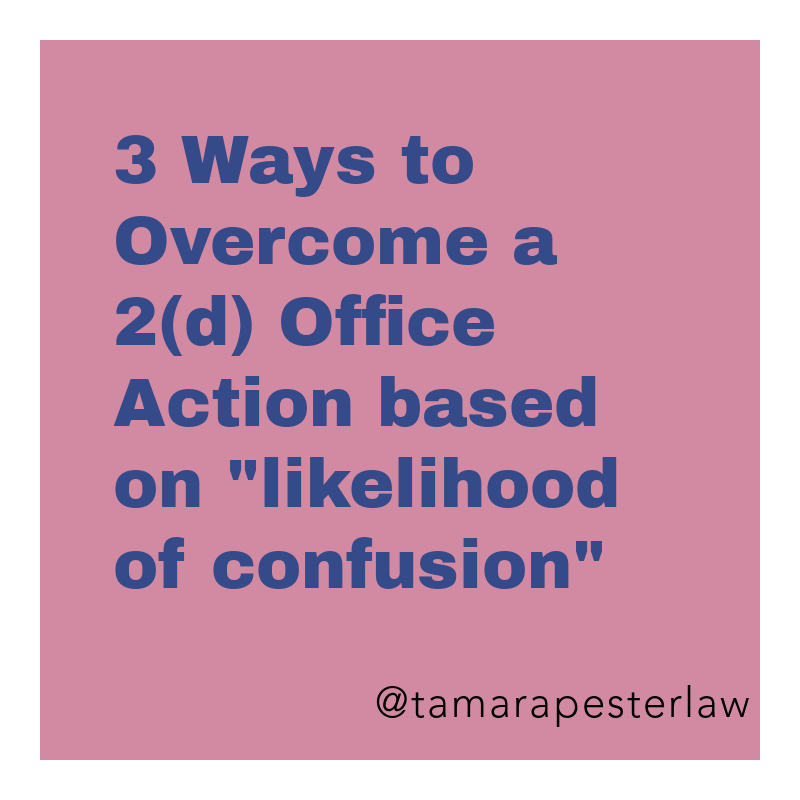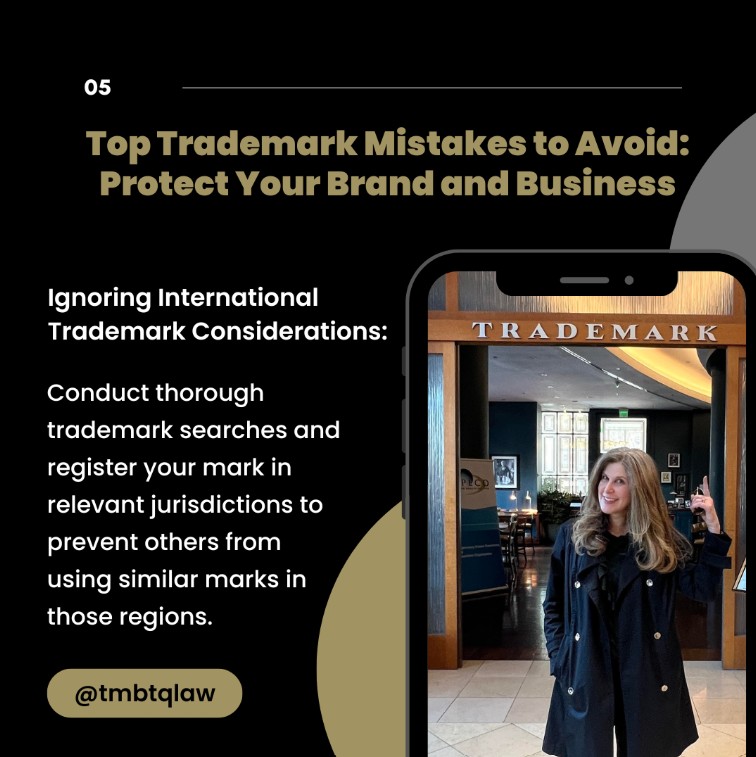So, you filed your trademark application with the U.S. Patent and Trademark Office. Maybe you did it on your own, and didn’t do any searches before you filed. Or, maybe you did an “exact match” search, and a quick search of the USPTO’s TESS tool seemed like the exact mark you are trying to register was available. You’ve been waiting. . . and waiting. . . the normal 2-3 months that it used to take an application to get assigned to an Examining Attorney at the USPTO is now around 5-6 months. So you have seen the seasons change, and you are wondering what ever happened to your trademark application.
Then finally, you get a disappointing email from the Trademark Office. Unbeknownst to you, there’s already a pending application or a registered trademark lurking out there that seems, at least to the Examining Attorney assigned to your application, extremely similar to yours. You got an initial rejection, based on Section 2(d) of the Trademark Act, indicating that your mark so resembles a registered mark as to be likely to cause confusion. This refusal under §2(d) is normally based on the examining attorney’s conclusion that your mark, as used on or in connection with the specified goods or services, will confuse consumers as to the source of the goods or services associated with the mark. In other words, when looking at your product or reviewing your services, the relevant consumer may believe that they actually emanate from another source — the owner of the cited registration.
There are usually at least three ways to get around an initial rejection of your application when you receive the Office Action based on “confusing similarity” with another mark. These range from making a compelling argument to the Examining Attorney, to being collaborative with the cited registrant, or outright combative. In order of aggressiveness, here are your options:
1) Responding to the Office Action. Before you consider reaching out to the other party, it is usually worth a shot to try to convince the Examining Attorney assigned to your application that your trademark is not likely to be confused with the cited registrant’s mark, for any number of reasons enumerated in the DuPont case. There is no filing fee to respond, though it can take some time to research and write. Perhaps your mark is visually or phonetically different; your audiences are dissimilar; or you sell a very expensive product that people are never going to accidentally mistake for a dollar store item sold by the cited registrant. You may wish to engage an attorney to craft and draft your argument back to the USPTO, and it can be expensive, as there is some research into recent case law usually involved. It can takes several hours to several dozen hours to draft a convincing response as to why your mark is not likely to be confused with someone else’s.
2) Obtaining Consent of the Cited Registrant or Applicant. If you have already filed a Response to the Office Action and the Examining Attorney is still not convinced, you may wish to attempt to obtain the cited owner’s consent to your mark’s registration. In the best case scenario, there really is no overlap between your products or services, and you agree to stay in your own lanes and redirect any consumers who accidentally get you confused in the future. In the worst case scenario, the cited owner was not previously aware of your use (or intended use) of your mark, and now that you’re on his or her radar, they want to shut you down. Somewhere in the middle, there is possible overlap, but you convince the owner to write a letter to the USPTO indicating that they’ll allow your registration, because you have sweetened the deal, either by limiting the scope of your goods/services, or have paid some monetary amount (which can vary widely) to that party. The USPTO considers such consent letters to have a lot of weight, as set forth in the Trademark Manual of Examining Procedure (TMEP 1207.01(d)(viii)).
3) Clearing the Cited Mark from the Trademark Register. Currently, there are only a few ways that a trademark registration will “die.” Registrations will die a natural death if the owner fails to file the required renewal documents with the USPTO. Applications will become “abandoned” if the owner fails to file the required Statement of Use or Request for Extension of Time, or timely respond to an Office Action. So if the timing is right, you can wait for one of those instances to happen. If not, both can die as the result of a contested proceeding. You can file an opposition to a pending application with the Trademark Trial and Appeal Board (TTAB), and you can file a cancellation proceeding with the TTAB to remove an existing registration. Later this year, under the Trademark Modernization Act, you will also have the ability to request expungement of unused marks, from the trademark register. Just beware that if you take combative action such as a TTAB proceeding, the party is unlikely to later consent to your registration, unless there is some payment or other concession involved.




